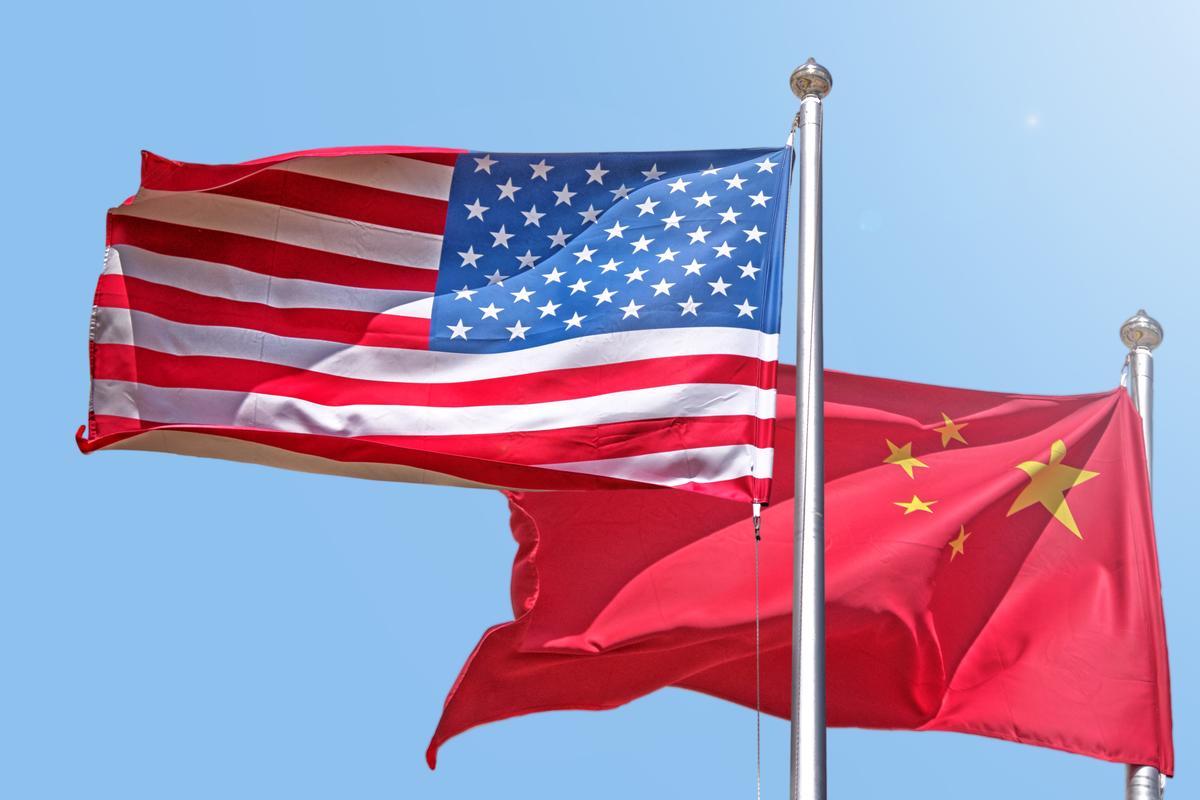Five Facts to Know: US-China Chip Competition
On Tuesday, it was reported the US plans to add YMTC, China’s leading chip producer, and 35 other Chinese firms to its Entity List as early as this week in order to restrict access to critical American technologies. The announcement is the latest escalation after an eventful week of US-China tensions over the chip industry. On Monday, the US confirmed it has been in discussions with Japan and the Netherlands on their adoption of export restrictions of semiconductor manufacturing equipment to China. And on Tuesday, Beijing initiated a dispute with the World Trade Organization (WTO) against the US’ chip export control measures.
Tensions in the industry have been steadily building since this summer. In August 2022, US President Biden signed the landmark CHIPS and Science Act, which provides over $52 billion in subsidies and around $24 billion in tax credits for the US semiconductor industry. In October, the US Department of Commerce passed export control measures that restrict China’s ability to obtain and manufacture advanced semiconductors. In response, China has begun to make a concerted effort to establish self-sufficiency in semiconductors, culminating with a $143 billion domestic support package for its own semiconductor industry, according to reports on Tuesday. US-China chip competition is here for the foreseeable future, so here are five facts to know about it:
1. US-China bilateral tensions center around tech competition, which centers around semiconductor chips.
The US has long sought to stay ahead of its competitors in advanced technology and semiconductor spheres and began a concerted effort during the Trump administration to restrict China’s progress in advanced technology. Since then, Congress has increasingly prioritized policies to support the US chip industry, culminating in the August 2022 passage of the CHIPS and Science Act. Following the new export restrictions in October, the US began to shift its strategy away from trying to keep Chinese semiconductor technology one step behind that of the US’ and, instead, to enacting policies that seek to stonewall China’s chip access and development.
“Given the foundational nature of certain technologies, such as advanced logic and memory chips, we must maintain as large of a lead as possible.” – National Security Advisor Jake Sullivan
2. US efforts to stymie Chinese chip advancement, while encouraged by the Biden administration and Congress, are facing industry pushback.
An amendment to the 2023 National Defense Authorization Act (NDAA) that will limit US government contractors from procuring chips from major Chinese semiconductor companies was scaled back following a letter that industry leaders sent to the Armed Services Committee. The business community expressed concern that the amendment from Senate Majority Leader Chuck Schumer (D-NY) and Senator John Cornyn (R-TX) would be overly burdensome and interfere with federal agencies’ ability to procure essential goods and services. The amended version narrows the scope of the restrictions to only affect items destined for the government’s critical systems and allows for waivers when needed.
3. China is responding to US restrictions by doubling down on its drive for self-reliance.
Similar to the US Chips and Science Act, China’s $143 billion financial package will include significant subsidies and tax credits for the purchase of domestic semiconductor equipment, particularly for the development of fabrication plants (fabs). This direct financial support from Beijing will help advance China’s chip industry – amidst the crippling restrictions from Washington – by providing support for research and development and the modernization of semiconductor fabs. This financial support is part of a larger trend – China’s 20th Party Congress report on priorities for the next five years accentuated the need for China to invest in domestic research and development to promote technological self-sufficiency.
4. Beijing is also responding at the international level.
On December 12, the Chinese Ministry of Commerce announced Beijing had initiated a dispute with the World Trade Organization (WTO) over the restrictions mounted by the US in October, accusing the US of abusing export control measures. The US maintains that the measures were imposed for the purpose of protecting national security, a provision allowed under WTO rules.
5. The US is enlisting allies in the fight for technological dominance.
The long-term success of US efforts to hinder China’s advanced technology development will rely on allies also imposing similar restrictions. National Security Advisor Jake Sullivan said on December 12 that discussions with the Netherlands and Japan, key links in the global semiconductor supply chain, were ongoing regarding potential imposition of additional export control measures against China. In October, the Biden administration said it expected a multilateral deal to curb China’s access to advanced chip technology would be reached in the near term. The Netherlands and Japan are essential partners to achieve the US’ intended outcomes – Dutch firm ASML is the only company in the world that makes the machines required to manufacture the most advanced chips, and Japan leads the market in specialty materials and tools needed to produce chips.
Overall, US-China tech competition is intensifying, but ongoing communications show promise for managing the bilateral relationship. The recent meeting between Presidents Biden and Xi at the G20 Summit in Indonesia put a floor under the US-China relationship, and Secretary of State Antony Blinken’s travel to China in early 2023 is expected to further expand bilateral diplomatic communications.



